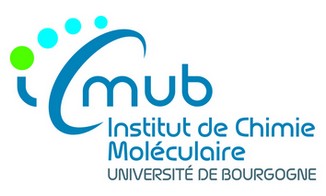Artificial intelligence-based prediction of neurocardiovascular risk score from retinal swept-source optical coherence tomography–angiography
Résumé
The recent rise of artificial intelligence represents a revolutionary way of improving current medical practices, including cardiovascular (CV) assessment scores. Retinal vascular alterations may reflect systemic processes such as the presence of CV risk factors. The value of swept-source retinal optical coherence tomography–angiography (SS OCT-A) imaging is significantly enhanced by image analysis tools that provide rapid and accurate quantification of vascular features. We report on the interest of using machine-learning (ML) and deep-learning (DL) models for CV assessment from SS OCT-A microvasculature imaging. We assessed the accuracy of ML and DL algorithms in predicting the CHA2DS2-VASc neurocardiovascular score based on SS OCT-A retinal images of patients from the open-source RASTA dataset. The ML and DL models were trained on data from 491 patients. The ML models tested here achieved good performance with area under the curve (AUC) values ranging from 0.71 to 0.96. According to a classification into two neurocardiovascular risk groups, the EfficientNetV2-B3, a well suited DL model for retinal OCT-A images, predicted risk correctly in 68% of cases, with a mean absolute error (MAE) of approximately 0.697. Our models enable a confident prediction of the CHA2DS2-VASc score from SS OCT-A imaging, which could be a useful tool contributing to the assessment of neurocardiovascular profiles in the future.
| Origine | Fichiers éditeurs autorisés sur une archive ouverte |
|---|---|
| licence |




